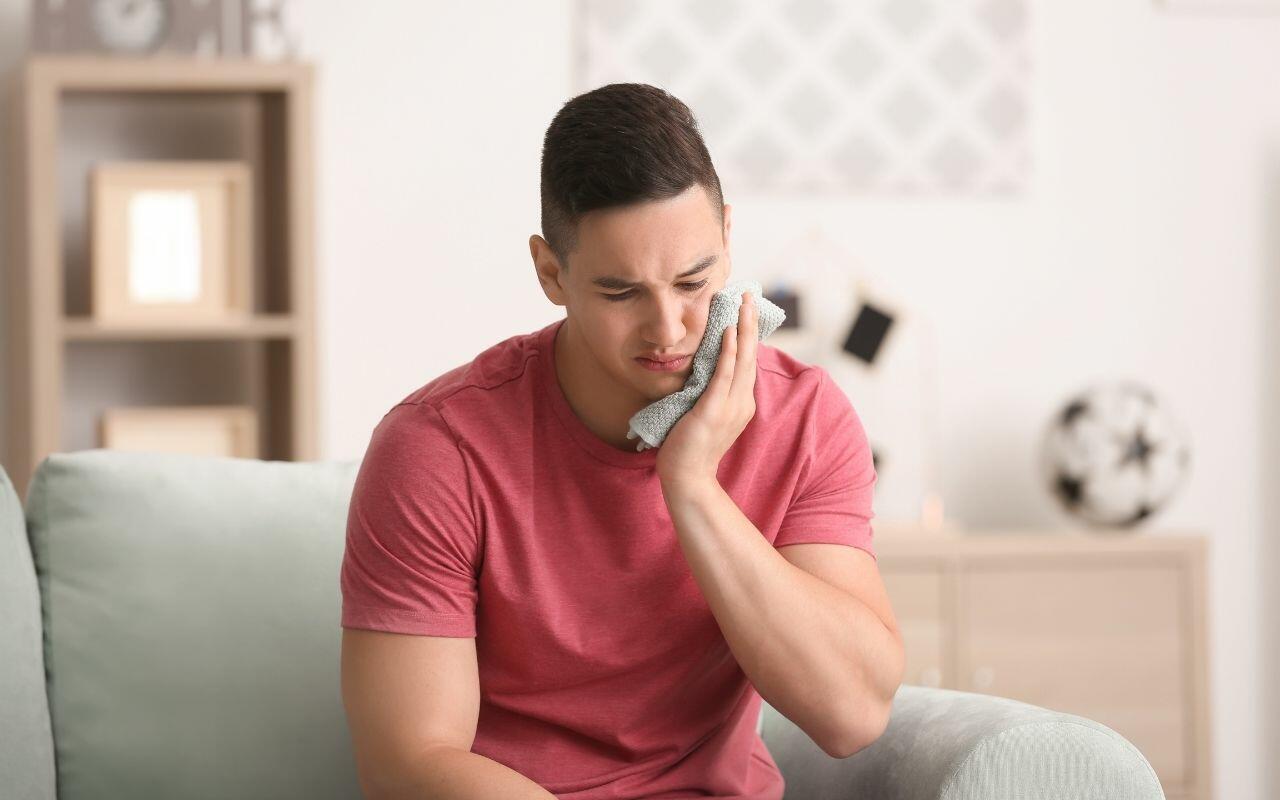Losing a filling can be surprising. Despite some fillings lasting as long as 30 years, there are many things that can cause fillings to loosen and fall out. If your filling falls out, you might not experience pain right away and decide not to call the dentist. However, there is a risk for complications even if you feel no pain. Once you lose a filling, your tooth is exposed to food particles and bacteria which can lead to infection rather quickly if you don’t take action. Your best move is to call your dentist right away as soon as a filling falls out or has become loose.
Without a filling to protect your tooth, it makes it easier for new decay to set in. In fact, you might have new decay already which could have caused the filling to fall out in the first place. If you want to avoid future pain and complications, it’s important to call your dentist right away to avoid risk for sensitivity, pain, decay, and the need for a more extensive restoration. Here’s what to do next if your filling falls out.
What To Do When Your Filling Falls Out

Call your dentist right away if your filling falls out, feels loose, or is damaged. They will assess your tooth and decide what needs to be done next as the best course of action. In some cases, you might just need the filling replaced, while in others, new decay or trauma might have caused more extensive damage that requires special attention. After calling your dentist, follow these steps to reduce the risk for infection and pain while waiting for your appointment:
- If possible, mix ½ teaspoon of salt with a cup of warm water and rinse your mouth out to help kill bacteria and remove debris that might be caught in the area
- Stick to your usual flossing and brushing regime, taking special care at the site of the missing filling
- Avoid chewing on the side where the filling fell out
- Rinse your mouth well each time after eating
There are also products available at your local drug store such as dental wax and temporary filling materials. You can place them in the gap as a temporary solution until you reach your dentist.
Manage Pain

If the area where your filling fell out is swollen or painful, ask your pharmacist for an over-the-counter nonsteroidal anti-inflammatory medication. Be sure it is compatible with any prescription drugs you are already taking, or make sure it isn’t contraindicated with any medical conditions or allergies you might have. You can also ask your pharmacist for a topical oral numbing agent for pain relief to apply to the area while waiting to see your dentist.
If you want something natural, clove oil is known to reduce tooth pain. It can be found at some pharmacies and health food stores. If you have access to ice or a cold compress, you can use it to ease pain and reduce swelling. Hold it against your cheek or jaw for no longer than 15-minute intervals.
How To Maintain Fillings

You can help avoid lost fillings with a healthy oral hygiene regime. Be sure you brush twice a day and floss. See your dentist for regular checkups and professional cleanings. They will keep an eye on your fillings to look for signs of damage, or new decay that can interfere with the integrity of your fillings.
If you’ve lost a filling or it feels loose, follow the steps above and call us right away to schedule an assessment at 905-775-5307 or click here to request an appointment.
